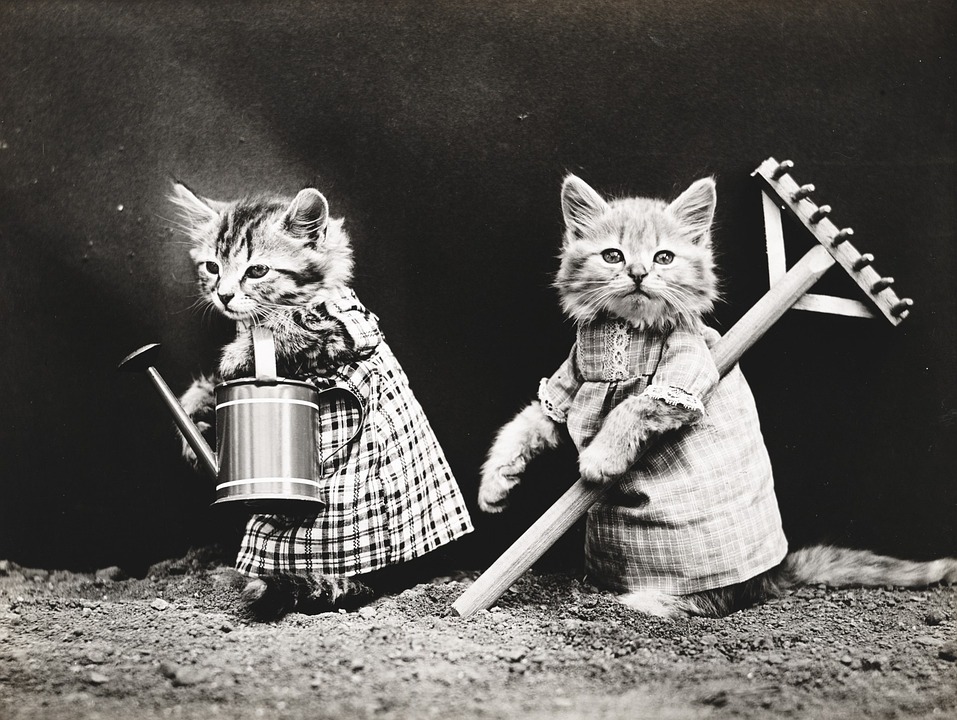**The Hidden Dangers of Overfeeding: Tackling Cat Obesity**
*Subtitle: Understanding the Risks and Taking Action for Your Feline Friend’s Health*
Introduction:
In recent years, cat obesity has become a growing epidemic, with an alarming number of cats being classified as overweight or obese. This is a serious issue that can have detrimental effects on a cat’s overall health and quality of life. In this article, we will explore the hidden dangers of overfeeding and the importance of awareness and prevention when it comes to cat obesity.
I. Understanding Cat Obesity:
A. What is Cat Obesity?
Obesity in cats is defined as an excessive accumulation of body fat, which can result in various health problems. Identifying an overweight cat can be done through body condition scoring, which assesses the cat’s weight, body shape, and overall body condition.
B. The Causes of Cat Obesity:
Two main factors contribute to cat obesity: overfeeding and lack of exercise. Overfeeding, whether through free-feeding or excessive portion sizes, is a major culprit. Additionally, a sedentary lifestyle with little to no physical activity can lead to weight gain in cats.
C. Health Risks Associated with Cat Obesity:
Cat obesity can have severe consequences for a cat’s health. Some of the health risks associated with obesity include diabetes mellitus, joint and mobility issues, respiratory problems, heart disease, and a reduced lifespan.
II. Tips for Preventing and Managing Cat Obesity:
A. Portion Control and Feeding Guidelines:
Understanding your cat’s unique nutritional needs is crucial in preventing and managing obesity. Determining the correct portion size based on your cat’s age, weight, and activity level is essential. Establishing a feeding schedule can also help regulate your cat’s calorie intake.
B. Choosing the Right Cat Food:
When selecting cat food, it is important to read and understand nutritional labels. Look for high-quality protein sources, as it is a vital ingredient for a cat’s health. Avoiding fillers and empty calories is also crucial in maintaining a balanced diet.
C. Encouraging Exercise and Physical Activity:
Promoting physical activity is essential for preventing obesity in cats. Interactive toys, playtime, and providing cat trees and scratching posts can encourage movement and exercise. Environmental enrichment, such as puzzle toys and hiding treats, can also stimulate the cat’s mind and promote physical activity.
D. Monitoring and Tracking Your Cat’s Weight:
Regular weigh-ins can help establish a baseline and monitor your cat’s weight. Working closely with your veterinarian is crucial in managing and preventing obesity. If needed, adjustments to the feeding regimen can be made based on your cat’s progress and health.
FAQs (Frequently Asked Questions):
1. How do I know if my cat is overweight?
2. Can I use human weight loss diets for my overweight cat?
3. Are some cat breeds more prone to obesity?
4. What are some easy ways to encourage exercise for a lazy cat?
5. Should I consult my veterinarian before making any dietary changes?
6. Can obesity in cats be reversed?
7. How long does it take for a cat to lose weight in a healthy manner?
8. Are there any specific weight loss diets available for cats?
9. What can I do if my cat refuses to eat the recommended portion size?
10. Can I use treats as a reward during weight loss efforts?
Conclusion:
Taking action to prevent and manage cat obesity is crucial for the health and well-being of our feline friends. A balanced diet, portion control, and regular exercise are key in maintaining a healthy weight. By prioritizing our cat’s health, we can ensure they live longer and happier lives. Remember, a healthy cat is a happy cat!








